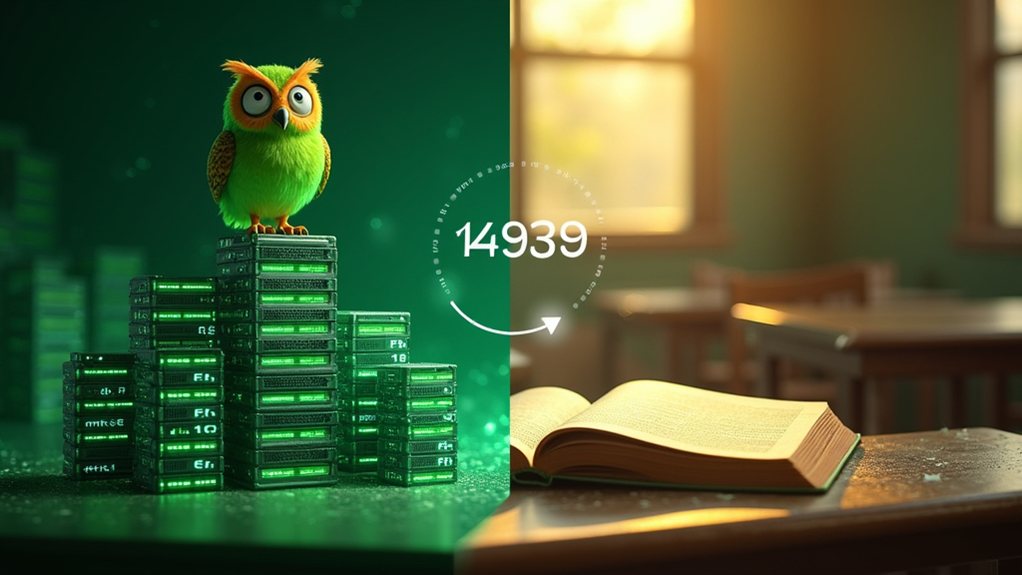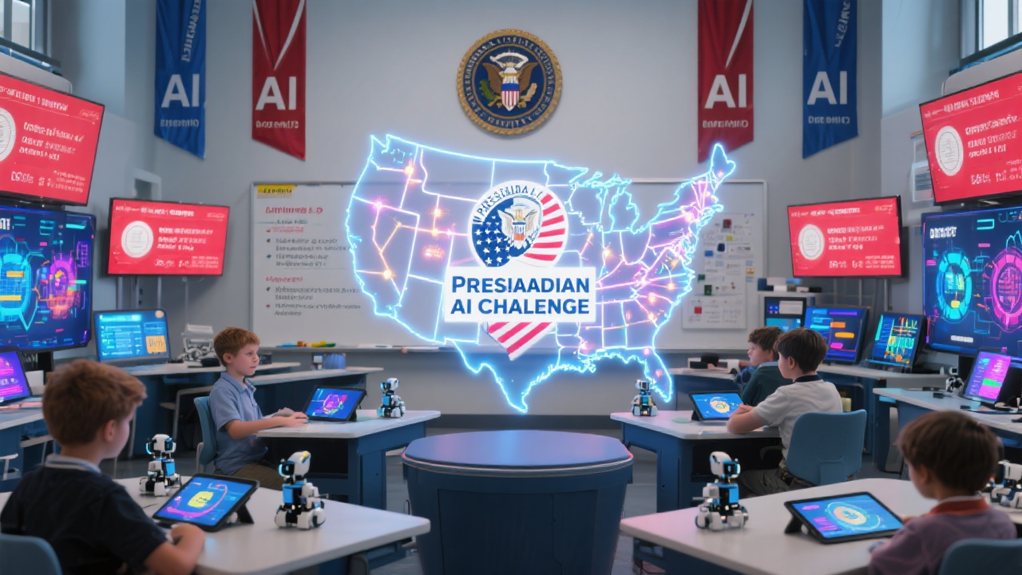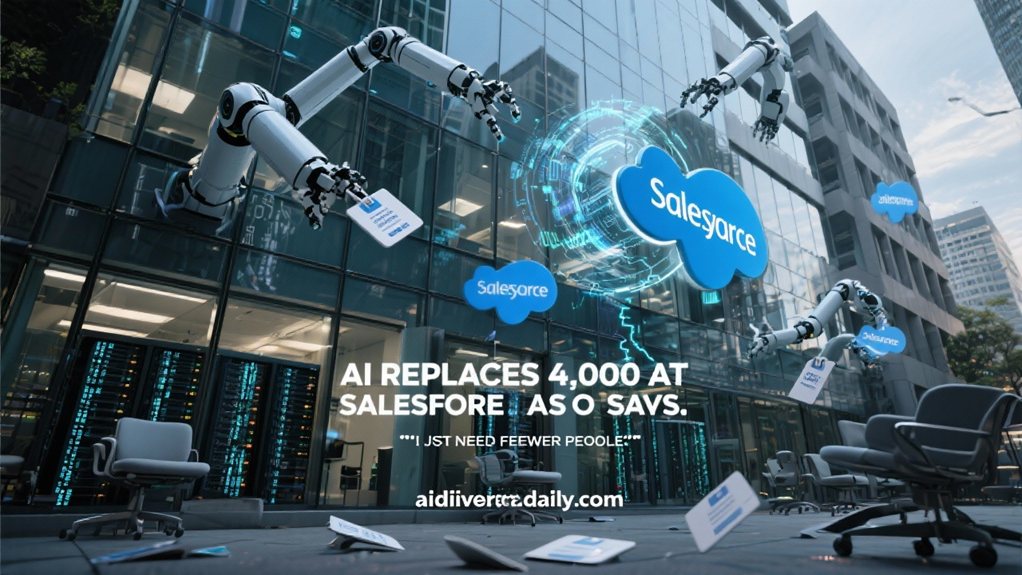Innovation comes with risk, but Duolingo isn’t playing it safe. The language learning giant just doubled down on artificial intelligence, using it to create 148 new language courses practically overnight. That’s right – while some companies are still debating whether to dip their toes into AI, Duolingo dove headfirst into the deep end.
While others hesitate at AI’s doorstep, Duolingo boldly charges ahead, transforming language learning with unprecedented speed and scale.
Their secret sauce? Large Language Models that can spit out lesson exercises faster than you can say “¿Dónde está la biblioteca?” What used to take human educators weeks now takes seconds. Through a clever “Mad Libs”-style framework, they’re churning out standardized content across multiple languages like it’s going out of style.
The company’s premium subscription, Duolingo Max, is now packed with AI-powered features that would make any tech enthusiast drool. GPT-4 powers their “Explain My Answer” feature, while AI characters engage users in roleplaying exercises. Want to practice your French with a virtual barista? They’ve got you covered.
Though let’s be real – these fancy features are mostly limited to popular languages like English, Spanish, and French. The platform’s Birdbrain AI system processes an astounding 1.25 billion exercises daily to provide data-driven insights about learner challenges. With a team of under 1,000 employees, they’re managing to serve over 21 million daily users effectively.
But here’s where things get interesting – and a bit uncomfortable. The traditional role of human educators is shifting dramatically. Instead of creating lessons from scratch, they’re now basically AI babysitters, crafting prompts and checking for cultural faux pas.
Sure, they’re still needed for quality control and ensuring the AI doesn’t teach anyone to accidentally insult someone’s grandmother in Japanese, but their role has fundamentally changed. By 2030, job market experts predict that nearly 30% of work hours across industries will be automated.
The efficiency gains are undeniable. Duolingo can now scale its offerings without hiring armies of human lesson planners. It’s a cost-saving dream for the company, but potentially a nightmare for traditional language educators. The brutal truth? Some jobs are disappearing faster than you can conjugate an irregular verb.
While Duolingo celebrates its AI-powered expansion, there’s an elephant in the room: what happens to the human experts? As AI gets better at generating content, will instructional designers become little more than prompt engineers?
The company’s bet on AI is paying off financially, but it’s leaving some educators wondering if their expertise will soon be as outdated as a Latin textbook. Welcome to the future of language learning – efficient, scalable, and increasingly automated.
Whether that’s progress or a problem depends entirely on which side of the AI divide you’re standing.









